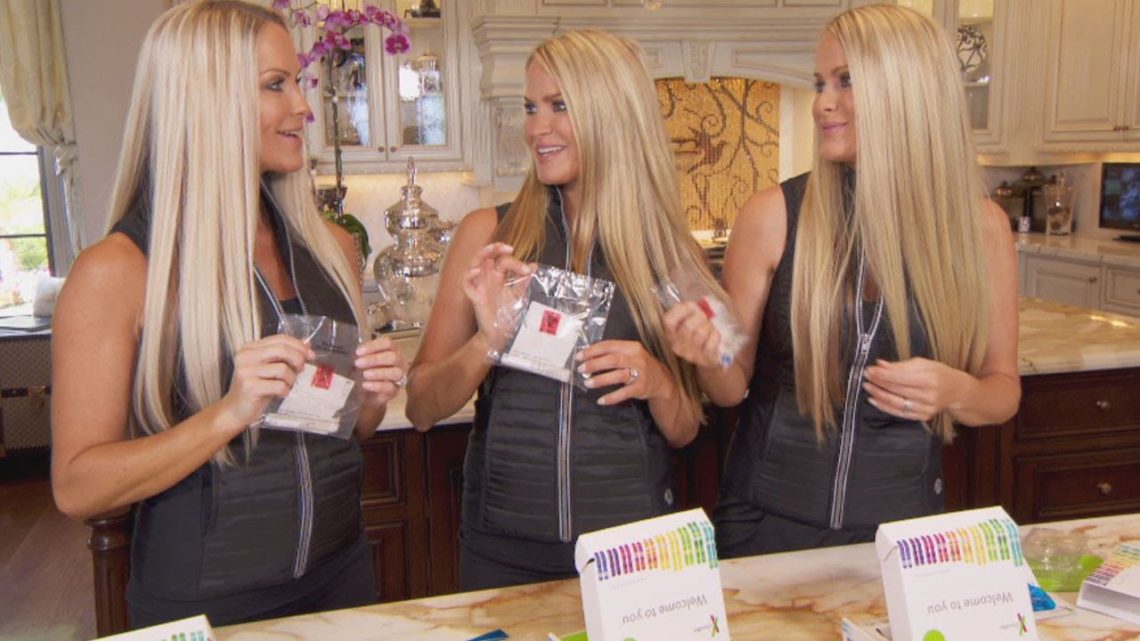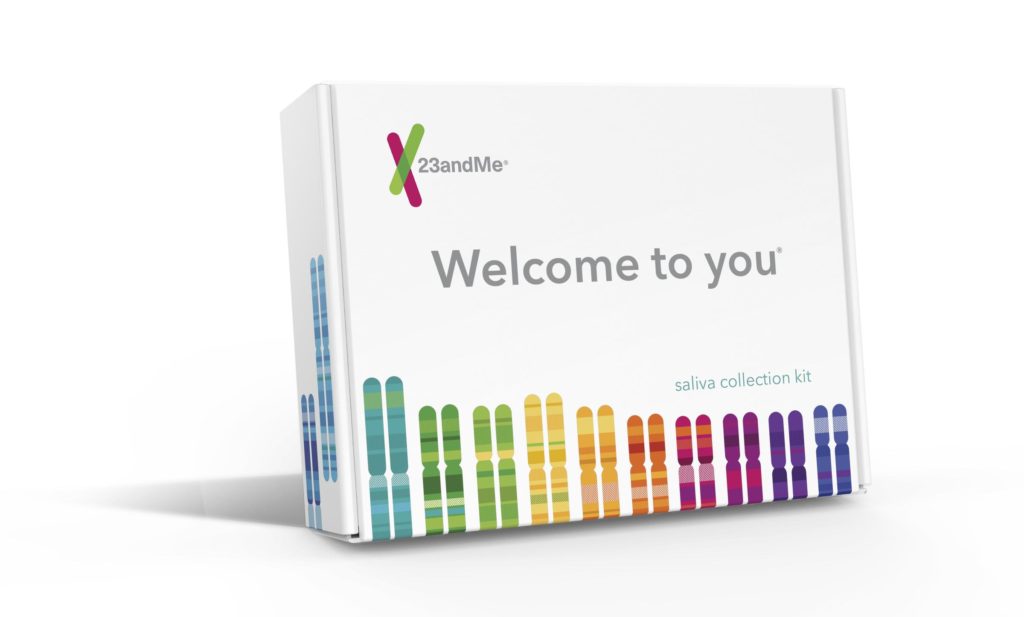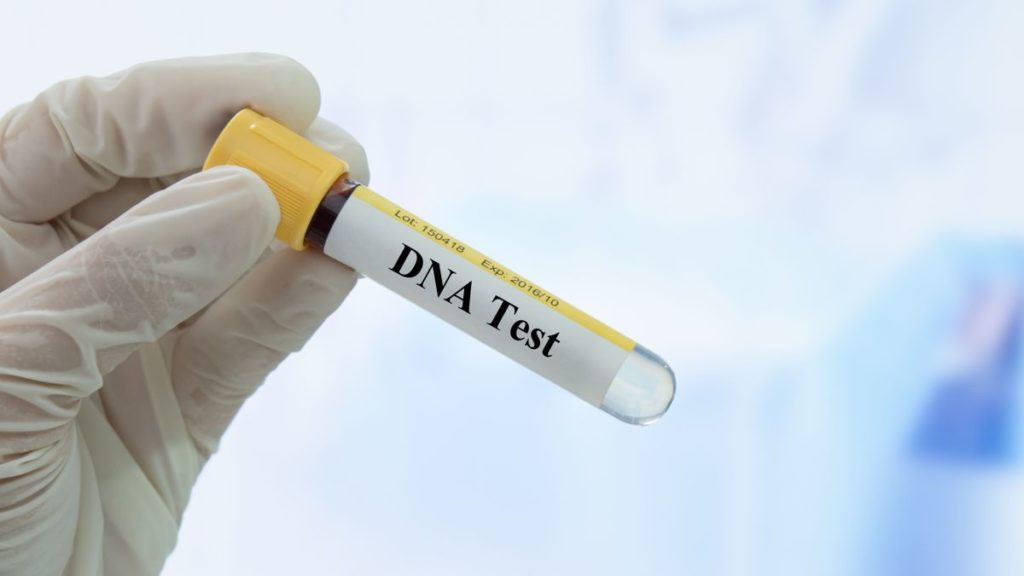
DNA Kits Discovering Family Secrets
January 28, 2019One woman tells the story about the test that changed her life. On an ordinary cold winter day, her husband said to her that he decided to get one of those commercial DNA tests and he additionally asked if she would like to do one as well. Even though she wasn’t curious about her ancestry- she knew she came from Eastern European Ashkenazi Jews on both of her patients, she said yes. To her, it seemed like a game that people often take online. However, according to The Doe, DNA tests are much more than that – they can help reveal family secrets!
A few months later, when the results came, she was more than surprised. It turned out that she was only half Eastern European Ashkenazi. It changed everything she knew about herself. In addition, a person she knew nothing about is her first cousin. But the biggest enlightening is that her beloved father, who died in a car accident when she was 23, wasn’t actually her biological father.
She spent the next few years putting all the pieces together about where she came from. It led her to questions connected to history, science and psychological underpinnings of assisted reproduction.

source: wshu.org
In 1961, her parents, who got married later in life were unable to conceive. Since her father came from a big family in which it was important to be fruitful and multiply, they were desperate to have a child. The fact that her mother was nearly 40 made them even more worried. They decided to go to the Farris Institute for Parenthood which was located near the University of Pennsylvania. They suggested a treatment in which they would mix donor’s sp*rm with intended father’s spe*m so that there would still be a possibility for a child to be his. This is called confused artificial insemination.
Back then, the doctors were trying to help couples feel better by telling them to have intercourse before and after the procedure, so (an often completely sterile) husband would believe he is the father. Additionally, they would tell the woman that her blood levels showed she was already pregnant when she first came to the institute.
In 1952, infertility was considered a big shame. Women who go under insemination were labeled as an adulterer, whether or not her husbands supported it. Nine years later, TIME wrote a story about the legal status of donor-conceived children, with the title Artificial Bastards. Since spe*m donors were guaranteed anonymity and the records were coded, it was unimaginable that soon in future people would be able to access DNA results so quickly.
The field of assisted reproduction has been amazingly advanced. There are methods available such as in vitro fertilization, surrogacy, donor eggs, cryogenic technology and testing the embryos for genetic markers. Knowing that more people are able to make families, despite them being gay or single. That is certainly a great thing, but unfortunately, the human mind hasn’t evolved alongside the science.
The secret which was kept from her for 54 years was potentially dangerous. All her life she was giving the doctors wrong medical history. It is one thing not to know this information, as it usually happens with adopted people, but it is worse when you don’t know what you don’t know. For example, when her child was stricken with a rare and fatal seizure disorder, she told his pediatric neurologist that there certainly wasn’t any family history of seizures.
Secondly, such secrets also have psychological effects. She grew up feeling different from her family but didn’t know how to explain it. She didn’t look like her father and also was often told she didn’t ‘look’ Jewish. The psychoanalyst Christopher Bollas calls this condition ‘the unthought known’, which means that we know something but cannot allow ourselves to think about it.
Secrets about identity have always existed, but now, with the help of DNA and the Internet those secrets are easier to uncover.
The U.S has no laws when it comes to the question of how many spe*m donations can one person make. Some countries have regulations on this subject, for example, in Taiwan, it is one, while the number in the Netherlands is twenty-five.
When it comes to the matter of anonymity, it cannot be guaranteed. People donating egg or sp*rm (with this usually requiring payment) must know that if one of their cousins submits a DNA test, they will easily be found.
When she found out that her father wasn’t actually her biological father, it took her only 36 hours to find out who is. It was a 78-year-old retired physical. She decided to write him an email with the caption Important letter. She reminds that donors today need to have consequences of their actions in mind.

source: thegleaner.com
Donating genetic material isn’t the same as donating an organ. You also pass something more-we can call it the soul. For example, this woman said that the found many similarities with her father’s personality, as well as in his physical appearance.
Three years after discovering about her father, she concluded that a human urge to know about the origins is really strong and she thinks that everyone should know the truth about themselves.
Life, in general, isn’t easy, and the challenges only increase when we’re donor conceived. Parents usually prefer not to think about the donor.
There is always a possibility that the law will change, so they could forbid the anonymity. Then there will be much fewer donors, and fewer couples will choose this method. If her biological father knew that someday she would find him, he would never donate.
The children born of these technologies must always be a priority since the science is evolving faster than we can imagine. Go here to uncover the geographic and ethnic origins of your ancestors and learn more about DNA.


